Discover the best books on virtual reality
In this article we are going to review some of the best books on virtual reality that you will find.
Tonic3 develops and executes strategies that drive profit through Digital Transformation. Practically that means we are built to help clients hone the right strategy, implement the right technology, and build the right long-term capabilities to deliver lasting transformation.
Industries
We believe that effective technology helps people succeed in their daily lives. So we help our clients engineer useful technology for their clients, partners, and employees. That translates to every major industry, but over the years we’ve developed several core areas of expertise.
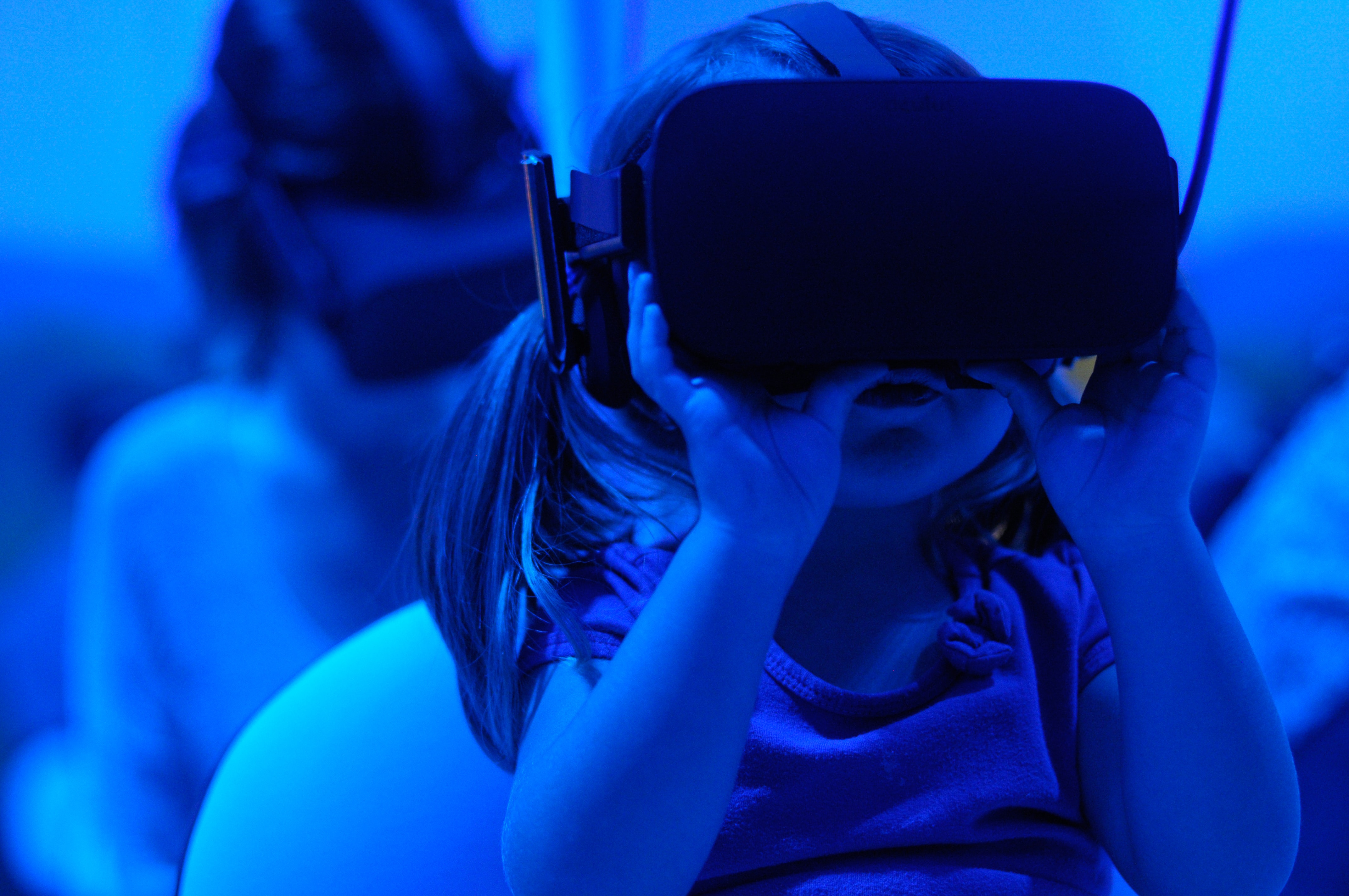
Have you ever wondered what virtual reality does? How can a helmet make you feel like you're flying through a city as you walk around the living room?
This technology is more than replacing what we can see with something more amazing.
Developers and innovators in virtual reality are increasingly discovering new opportunities in immersive media, thanks to tools that change how we feel, what we see and even what we think of ourselves.
As the number of virtual reality headsets continues to grow, virtual reality is becoming a common part of the digital landscape.
Experts speculate that around 58.9 million people will use virtual reality at least once a month by the end of 2021.
If you're one of the many people who have invested in VR technology or are considering spending the money on a new headset, there are some questions worth answering.
For example, how exactly does virtual reality work?
Need Virtual Reality Design for your company? Let us help you and show you how you can implement VR for your business!
With an estimated value of around $ 184.66 billion in 2026, virtual reality is one of the world's fastest growing technologies and a source of excitement for many consumers.
Virtual reality is appearing more and more in homes and businesses around the world, stimulating environments and environments in ways realistic enough to make us think we are somewhere else.
It is the heart of virtual reality technology. The purpose of a virtual reality headset is to place you in a different version of reality, where you can interact with new environments.
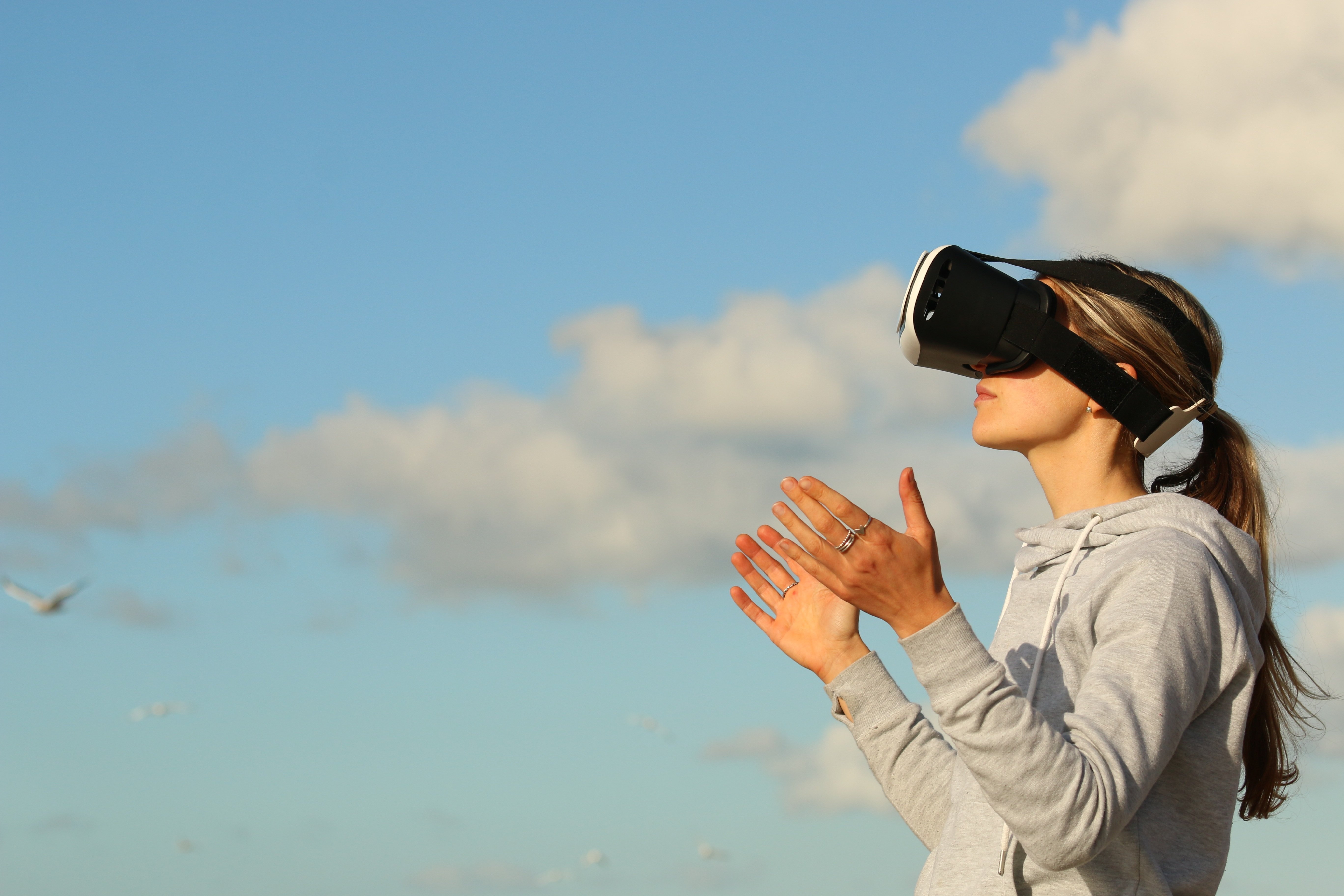
As humans, we base our perception of the world on the rules that we have developed from our experience. We believe in what we see, hear and feel around us.
Virtual reality designers use the basic rules of perception and ideas about how we interact with the world to create environments as authentic as the world around us.
Virtual reality headsets are essentially machines designed to replace our environment with something created in software.
The headphones contain gyro sensors, accelerators, and magnetometers to determine how you move and track your interactions with virtual space.
Headphones also connect to external cameras and computer systems to access software for your virtual reality experience or to connect to additional programs.
Today's virtual reality offerings are constantly evolving to provide new and more immersive experiences. Although we haven't perfected the experience yet, innovations keep coming.
Currently, the most impressive virtual reality experiences are based on the following characteristics.
Field of view is a common concern of virtual reality developers. For virtual reality to immerse us in a new environment, it must mimic our field of vision.
Unfortunately, humans can generally have a much wider field of view than earphones. The average person can see the surrounding content at around 220 degrees. A virtual reality viewer can do about 180 degrees.
The helmet's field of view determines the world you see around you and how well it mimics your surroundings.
No headset can capture our entire natural field of vision, but technology continues to evolve, along with better frame rate options.
Need Virtual Reality Design for your company? Let us help you and show you how you can implement VR for your business!
The frame rate is the other visual element that defines how virtual reality works. Images have to move at breakneck speed across the screen of a virtual reality headset to mimic what we see in real life.
Experts assume that the human eye can process up to 1,000 frames per second.
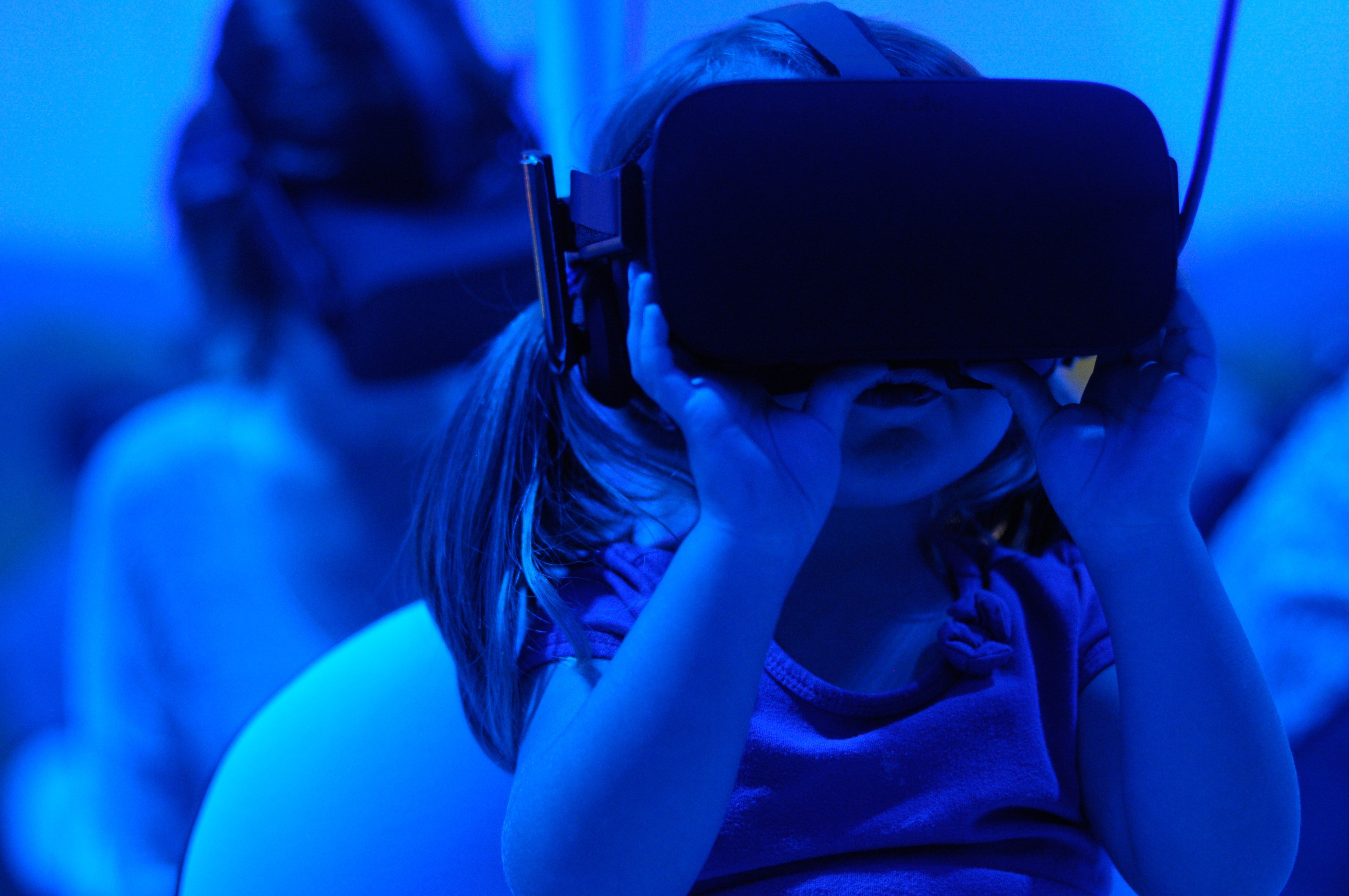
The human brain, however, never gets the same details as this one. Most developers have found that anything below 60 FPS causes a feeling of disorientation and nausea. Experts are trying to push more at 120 FPS.
Many people get carried away by the idea that virtual reality is a visual experience. The reality, however, is that virtual reality tools try to completely immerse you in another room.
This requires more than a good view of the surrounding environment. You also need 360 degree spatial sound or sound to feel like you are in this new environment.
Cutting-edge virtual reality technology uses spatial audio to simulate a unique audio panorama that you would expect in the real world.
The better the sound, the deeper you'll hear, with sounds that seem to come from behind, above, or your side. Spatial audio also helps you navigate a virtual reality experience the way developers want, by showing you where to turn.
Virtual reality headsets in the modern landscape use spatial audio to convey the direction to turn and promote a sense of "realism" as you travel through different environments and experiences .
What makes virtual reality really interesting is the fact that you can move around a virtual space and the environment adapts to your location.
Head detection functions and position are measured in degrees of freedom so that you can number 6 or 3 degrees of freedom.
Headphones with 6 degrees of freedom can check your position in a room and show you which direction your head is pointing. This means that you can move around a room completely independently.
The VR headset's external sensors can also help keep you safe while moving around a room.
Tracking technology for virtual reality is getting more and more impressive. Eye-tracking technology can help improve focus in virtual reality experiences and reduce the feeling of nausea some people experience when working with headphones.
Tactile feedback sensors and other tracking technologies used to incorporate controller options into virtual reality can also make the landscape more immersive.
The technology of virtual reality is becoming more and more impressive as we explore different ways to make the virtual world look like the real world.
As development continues, headphones become thinner and more mobile, with fewer cables and more high resolution pixels.
Touch sensors and tracking gloves replace clunky control systems, while machine learning and advances in artificial intelligence change the way VR technology tracks our interactions.
From a technical point of view, virtual reality is a simple concept made up of cables, screens and computer systems, all interconnected. A closer look reveals a changing environment that is becoming more and more comfortable and attractive.
Need Virtual Reality Design for your company? Let us help you and show you how you can implement VR for your business!
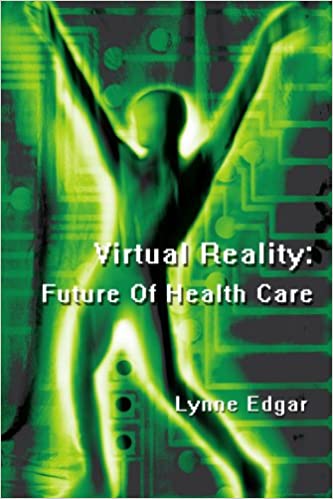
In this article we are going to review some of the best books on virtual reality that you will find.
.jpg)
Technology has not stopped advancing in the last decades, and what seemed impossible to us 20 years ago is now something of daily use. Virtual...
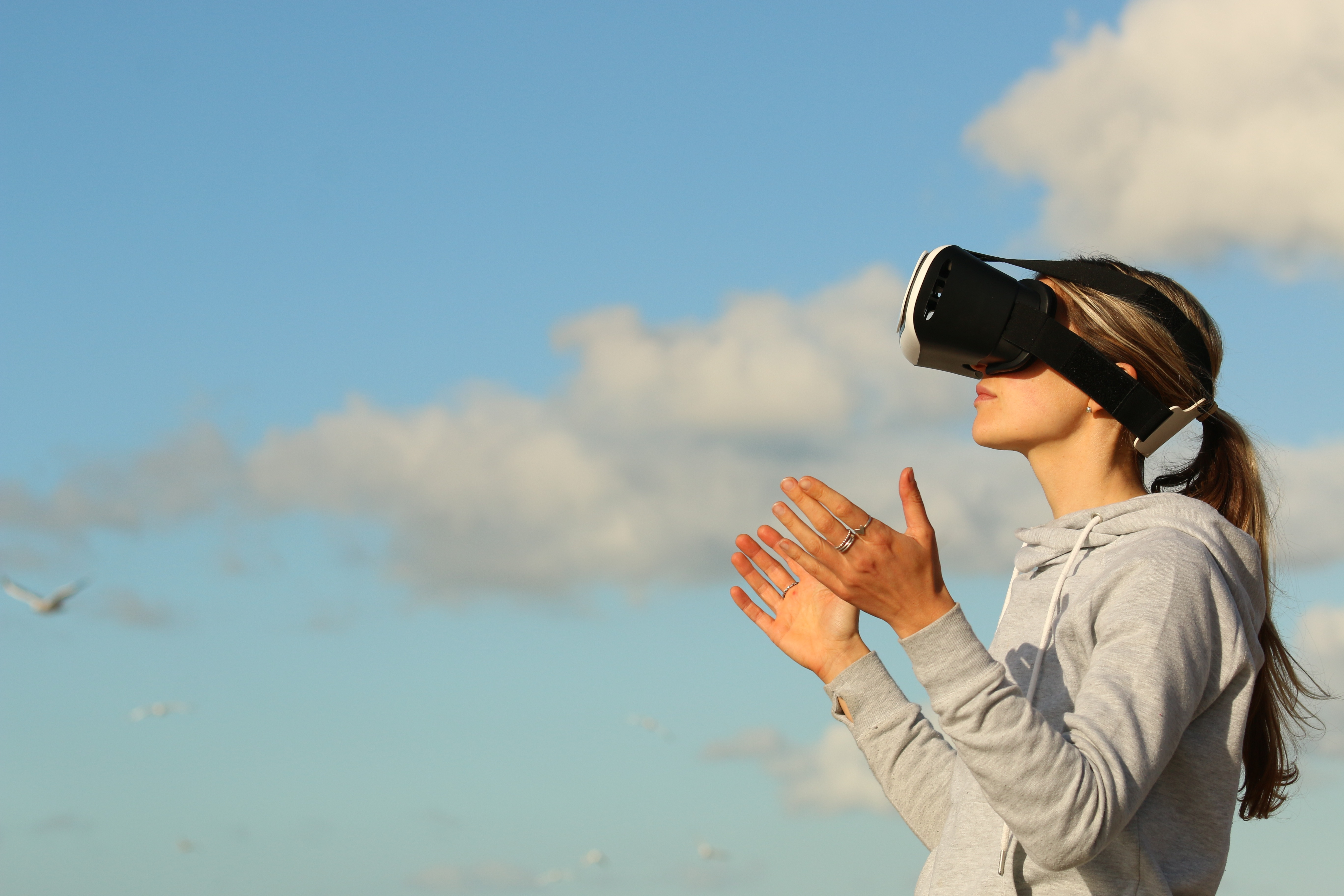
Virtual reality (VR) and augmented reality (AR) have increased the spotlight and interest in recent times. The technology is advancing and more...